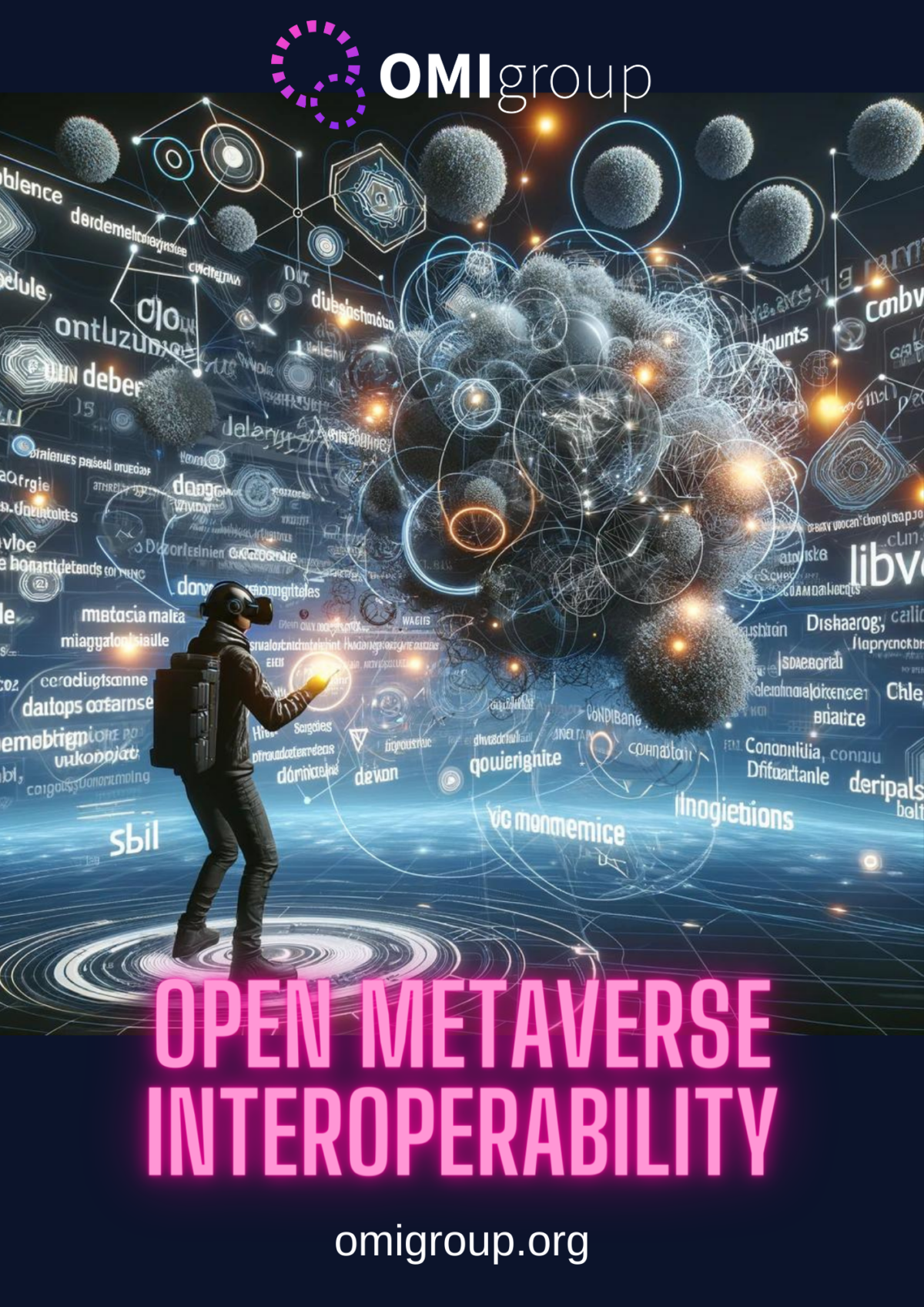The future of text in webXR

post written by jimmy6dof
Imagine stepping into a world where reading is no longer a linear journey, confined to the boundaries of static pages or even screens. This is the exciting future that "The Future of Text" foundation recently discussed at the WebXR monthly meetup.
The shift from 2D text interfaces to 3D environments marks a significant moment in the evolution of spatial computing. While traditional 2D platforms have served us well, they limit our cognitive potential, merely scratching the surface of our brain's spatial capabilities. Here is where VR steps into the spotlight, providing a conduit for exploring the world of text in 3D interfaces.
As Frode says: "You know, there's a lot at stake here ... in the near future, let's say in 10 years, everybody will have a headset in their bag. But whether it's going to be useful to work with like a thinking cap, which is how we think of it now, or if it's going to be for watching movies, playing games, and so on, that's entirely up to people like us."
Introduction
The Future of Text group is kicking off on an ambitious new project developing answers to questions like "How will the advent of dynamic embodied 3D spatial computing affect our ability to interact with text and documents in general?" The goal is to develop and experiment how to produce, format, and consume text in environments like VR and AR (collectively known as "extended realities" or XR) using the open web standard WebXR. Dene Grigar and Frode Hegland are co-PIs of the initiative, made possible by the Alfred P. Sloan Foundation.One key motivation is to deliver immersive spaces without relying on proprietary software on the user side. By embracing open standards, the team aims to foster wide spread innovation and collaboration in the field of digital text and spatial computing.
The project involves three main approaches:
- Developing software: Creating innovative applications and tools that push the boundaries of how text can be manipulated, navigated, and experienced in XR environments.
- Metadata as connective tissue: Exploring how metadata can act as a bridge between different systems, enabling seamless integration and interoperability of text-based experiences across various platforms. See the section on Visual Meta
- Dialogue and community building: Facilitating discussions, organizing symposiums, and publishing books to bring together researchers, developers, and thought leaders in this emerging field.

How to Get Involved ....
Step 1: Explore the Prototypes
To get a hands-on understanding of the project's goals, you can explore the prototypes that Dene and Frode have developed so far:
- Try out the word processor and PDF viewer built natively for the Apple Vision Pro and Quest 3 headsets.
- Experience the Future Text Lab, a cutting-edge research environment focused on academic reading and authoring in XR.
Step 2: Attend the Annual Symposium
Dene and Frode invite you to attend the annual Future of Text symposium, where researchers, developers, and industry experts gather to discuss the latest advancements and challenges in the field of digital text and spatial computing.
One of the primary challenges is the need to rethink the way we interact with and navigate text in a 3D space. In a 2D environment, we are familiar with scrolling, clicking on hyperlinks, and using menus and toolbars. However, in an XR environment, these traditional interactions may not be as intuitive or effective.
By embracing the potential of XR technologies, the Future of Text project aims to redefine the way we think about and interact with text, paving the way for a future where immersive environments become an integral part of academic work and communication.
- this summary is based on a presentation given to the WebXR monthly meetup